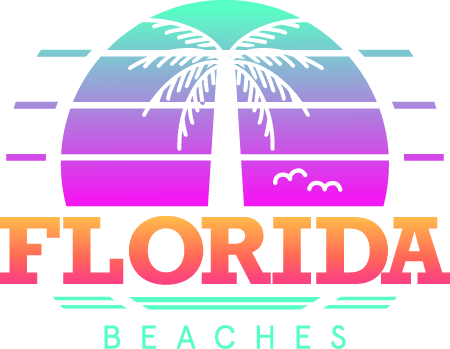The warm and sunny weather in Florida seems to be drawing more and more Americans every year. The Sunshine State is reaching the ranks of the most populous states and fastest-growing cities. Currently, Florida is ranked as one of the fastest-growing metro areas and is the third most populous state in the US, with a population of 21.48 million (as of 2019). The fact that so many people live in the state means there are several metro areas. This article will discuss the top four metro areas in Florida by population.
Miami-Fort Lauderdale-Pompano Beach
- Population: 6,158,824 (2017 U.S. Census)
The Miami Metropolitan area is the 7th largest metropolitan area in the US. At 1,279.2 square miles, this urban landmass sits in Southeast Florida and comprises three principal cities: Miami, Fort Lauderdale and Pompano Beach. Miami is the largest city in the metropolitan area, with 470,914 inhabitants (as of 2018).
The Miami Metropolitan area has a tropical monsoon climate, similar to the Caribbean’s climate. Summer is the wet season, and the region sees the most rain during this time. Winter is quite dry and hence known as the dry season.
Places to Visit
- Miami Zoo
- South Beach
- Phillip and Patricia Frost Museum of Science
- Isle Casino Pompano Park
- Museum of Discovery and Science
- East Las Olas Boulevard
- Wynwood Walls
Tampa-St. Petersburg-Clearwater
- Population: 3,091,399 (2017 U.S. Census)
The Tampa Bay area is the 18th largest metropolitan area in the US. It includes the main cities of Tampa, St. Petersburg, and Clearwater. It lies on the central west coast of the state. Tampa and St. Petersburg are two of the largest cities in the Bay Area, with populations greater than 250,000 (as of 2010).
The Tampa Bay area experiences a subtropical climate with hot and humid summers and daily thunderstorms. The winters are usually dry and sunny. The cooler parts of the Bay area experience two days of frost per year.
Places to Visit
- The Dalí (Salvador Dalí Museum)
- Fort De Soto Park
- Tampa Museum of Art
- Busch Gardens
- Clearwater Marine Aquarium
- Honeymoon Island State Park
Orlando-Kissimmee-Sanford
- Population: 2,509,831 (2017 U.S. Census)
Third up on our list of metro areas in Florida is the Orlando Metropolitan area, also known as Greater Orlando. It is located in Central Florida. Its principal cities are Orlando, Kissimmee and Sanford. It is the 22nd largest metropolitan area in the United States, covering 4,012 square miles. It is one of the most popular tourist destinations in the world due to Orlando’s top-tier theme parks and resorts.
Greater Orlando experiences a humid subtropical climate, just like the rest of Central Florida. The area gets an average of 53 inches of rain every year. The rainy season is from May till October. Summers are warm and humid, whereas winters are mild and pleasant.
Places to Visit
- Walt Disney World Resort
- Universal Studios
- The Charles Hosmer Morse Museum of American Art
- Kissimmee Lakefront Park
- Museum of Military History
- Central Florida Zoo & Botanical Gardens
Jacksonville
- Population: 1,504,980 (2017 U.S. Census)
The fourth most populous metro area in Florida is Jacksonville, also called Greater Jacksonville and Jacksonville Metro. It is centered on the principal city of Jacksonville that has a population of 949,611 (as of 2020). It is the 40th largest metro area in the US.
The Jacksonville Metro experiences long, hot, oppressive, and mostly cloudy summers, whereas the winters are short, cool, and partly cloudy. However, it stays wet all year round. On average, the area gets 50 inches of rain each year.
Places to Visit
- Jacksonville Zoo and Gardens
- Cummer Museum of Art and Gardens
- Little Talbot Island State Park
- MOSH
- Fort Clinch State Park
- Adventure Landing Jacksonville Beach
Final Thoughts
This brings us to the end of our list of the top four metro areas in Florida. If you are visiting the state as a tourist, make these metro areas your top priority as they have the most attractions and recreational options compared to other regions in the state.
Visit Florida Beaches today for more information about what to do in Florida and where to stay.
